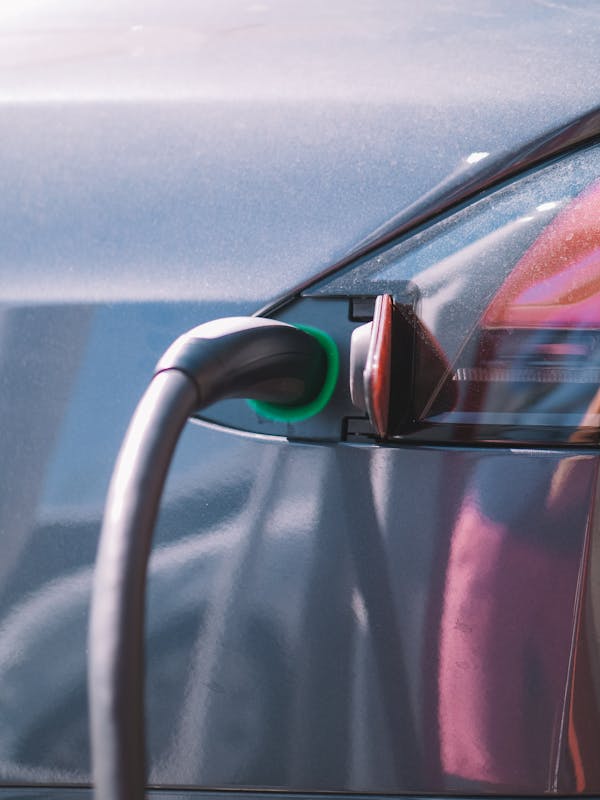With EV charging stations becoming more common in the workplace, it’s important to ensure they have sufficient power for employee usage. A shared charging station can do just that by implementing load sharing.
The benefits of load sharing include scalable and flexible infrastructure, increased EV charging efficiency, and reduced maintenance costs. Discover more at betl.
Dynamic Power Sharing
Power sharing optimizes energy distribution to balance the total electrical load of all active chargers onsite. This allows EVs to charge at their maximum capacity while reducing the impact on the site’s existing electricity infrastructure.
This can help mitigate expensive electrical infrastructure upgrades by reducing peak demand. In addition, it can reduce recurring charges such as energy fees or grid stability fees.
The dynamic power-sharing feature works at the circuit breaker level, which eliminates the need for a dedicated EV charging meter. This lowers installation costs and increases scalability for future growth.
The technology can be configured with different modes depending on the user’s needs. The default mode is democratic, which distributes available current evenly among EVs charging at the station. The arrival priority mode, meanwhile, prioritizes the vehicle that arrived first and provides them with all of the available kilowatts for a faster charge. This mode is ideal for sites that experience high turnover, such as convenience stores.
Enhanced Charging Experience
Just like the smartphones, TVs and computers we use daily, EV charging stations are able to receive periodic software updates that enhance functionality, improve user experience, fix bugs or safeguard privacy. EV drivers often have time to kill at the charger, so apps that provide a variety of useful or entertaining content encourage engagement and can be a great marketing tool for businesses around the station.

Similarly, the higher usage that shared chargers are likely to receive means that they may require more maintenance than their privately-owned counterparts. This is particularly true for internal components such as cables, connectors and power-flow control hardware. It is therefore important that employers consider this in creating charging station sharing policies and ensuring they implement an EV charging system with robust features and options.
Reduced Infrastructure Costs
With load sharing, properties are able to install more charging stations without the need for costly electrical system upgrades. EV chargers with load sharing or load management technology regulate the power output of each charger to set limits so that electrical loads are never exceeded.
As the demand for EV charging increases, property owners may find themselves with more EV drivers than available charging stations. In such cases, implementing a reservation system and/or applying loitering penalties can help mitigate this issue and ensure that all tenants have access to the shared charging stations.
Additionally, offering EV chargers to employees as a perk demonstrates a company’s commitment to sustainability and can encourage cooperative behaviour amongst colleagues. This can reduce conflict and frustration that could be caused by coworkers who are unable to charge their vehicles. In such a scenario, the use of a reservation system to prioritize employee EV charging access is highly recommended. This can be easily managed through a simple mobile application.
Enhanced Efficiency
All property owners have limited electrical capacities which can be compromised when multiple electric vehicles charge simultaneously. EV chargers can be a significant load on these systems, leading to the potential for blowing fuses and loss of power. Local load management (LLM) and charge sharing technologies reduce this impact by balancing electrical demands and limiting charging sessions to the capacity of the existing infrastructure.
Adding EV chargers to a commercial or multifamily residential complex can be expensive. However, installing chargers closer to the existing electrical system can save on installation costs and make it easier for occupants to access them. This is particularly important for properties with older infrastructure that cannot accommodate a full sized charging station without costly upgrades. Cooperative behaviour, such as a visit after an EV driver uses the charger, can also reduce frustration for visitors who find a charger already in use. Using data collected from a mobile application, this type of cooperative behaviour is measured and revealed.
